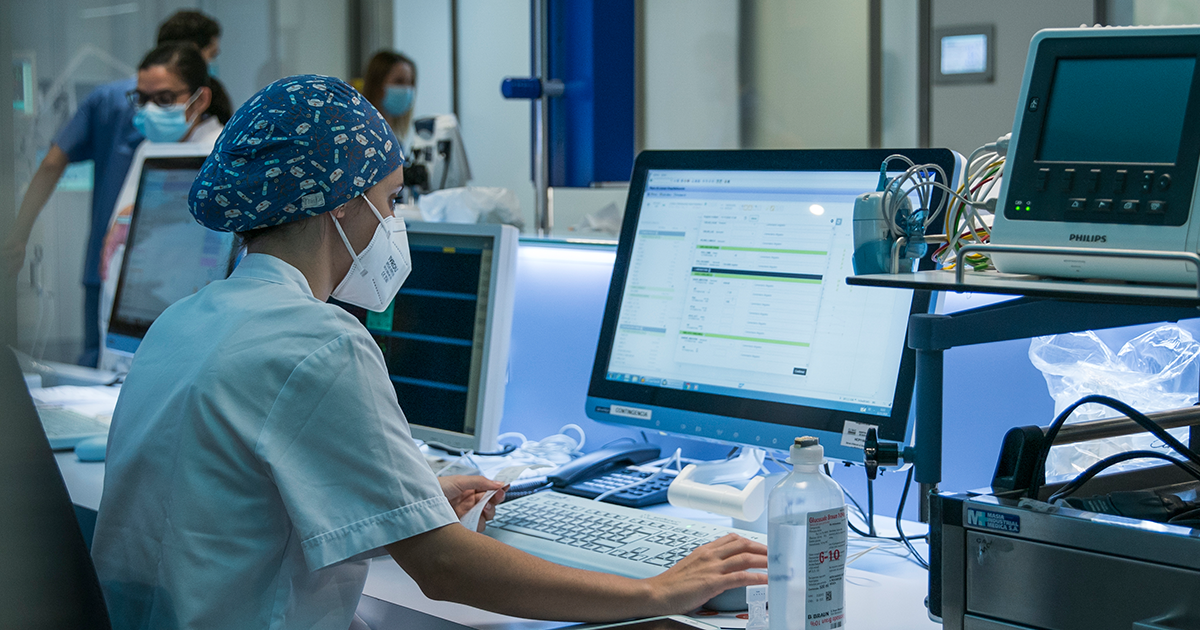Hospitals, often regarded as sanctuaries of healing, are spaces where compassionate care intersects with cutting-edge medical advancements. Beyond the clinical machinery and the dedicated healthcare professionals, the ambiance and design of these institutions play a pivotal role in nurturing the well-being of patients and fostering a conducive environment for healing. Fluides, ranging from artistic creations to functional innovations, have emerged as vital elements in transforming these spaces into holistic healing environments.
Art as Therapy: One of the most striking facets of hospital installations is the integration of art. Beyond mere adornments, these pieces serve as therapeutic interventions, offering solace, inspiration, and distraction to patients, caregivers, and visitors alike. Vibrant murals, soothing paintings, and captivating sculptures strategically placed across corridors and waiting areas provide a respite from the clinical setting, easing anxiety and evoking positive emotions.
Healing Environments: Installation art goes beyond aesthetics; it becomes an intrinsic part of the healing process. Nature-inspired installations, such as indoor gardens or simulated outdoor landscapes, create a serene ambiance, connecting patients with the calming influence of nature. Studies indicate that exposure to natural elements can significantly reduce stress levels and enhance recovery rates, underscoring the importance of these installations in fostering healing environments within hospitals.
Technological Innovations: The realm of hospital installations extends beyond art, encompassing technological innovations designed to enhance patient care. Advanced installations like interactive information kiosks, digital wayfinding systems, and ambient lighting not only streamline operations but also improve patient experience by providing easy navigation and access to essential information.
Therapeutic Distractions: Installations in hospitals often serve as therapeutic distractions, especially in pediatric wards. Playful and interactive installations, ranging from interactive walls to sensory rooms equipped with immersive experiences, aid in diverting young patients’ attention from medical procedures, reducing their anxiety, and making their hospital stay more comfortable.
Empowering Spaces: Moreover, installations can be powerful tools for education and empowerment. Hospitals often incorporate informative installations showcasing health-related information, disease awareness, and preventive measures, empowering patients and visitors with knowledge about their health and well-being.
Community Engagement: Installations in hospitals also serve as bridges between healthcare institutions and the community. Collaborative projects involving local artists, schools, or community groups not only beautify the space but also foster a sense of ownership and pride, making hospitals more inclusive and welcoming to everyone.
In conclusion, installations in hospitals transcend their decorative function, playing a pivotal role in enhancing the overall healthcare experience. From creating therapeutic environments to offering technological aids and empowering patients, these installations contribute significantly to the holistic well-being of individuals within these healthcare settings.
